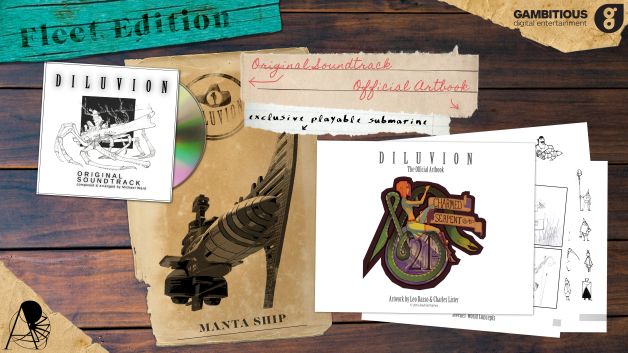

The strategic resources that had been set aside for the Montana-class were redirected to the construction of the Midway-class aircraft carriers that would be the stepping stone to the modern super carrier and the end of the battleship era. Navy realized early in the war though that these ships were obsolete before they had even been laid down and cancelled them. The Montana-class would have retained 16-inch guns but would carry twelve of them and would be comparable in size and displacement to the Yamato. Treaty obligations kept the number of its capital ships limited to 70 per cent of those of the United States. By the twenties, Japan was trying to build a fleet to equal, if not in numbers, then in power, that of the United States. While a showdown between the Iowa-class and Yamato-class would have been impressive, the true ultimate showdown would have been between the Montana-class battleships and the Yamato-class. By 1916 the latest IJN battleship, the IJN Nagato, was armed with 10 16-inch guns, the largest afloat at the time. They were cancelled in favor of the Midway-class aircraft carriers. Instead four units of the class would have been built with two stationed on each coast. These ships would have been too large to pass through the Panama Canal. While the British battleships couldn’t score a killing blow on the Bismarck, they did reduce the Bismarck to an inoperable wreck that was finally scuttled by her crew to prevent capture.Ī design model of the proposed Montana-class battleships. This concept was exemplified during the sinking of the German battleship Bismarck by the HMS King George and HMS Rodney in 1941. The Iowa-class probably couldn’t sink the Yamato but its 16-inch shells would have wrecked the Yamato’s superstructure and rendered her equipment inoperable. Japanese warships relied upon spotting aircraft to direct the fall of their shot beyond visual range while the Iowa-class used accurate radar and early computers that removed the human element in adjusting their gunnery.

The Yamato-class was built for a different era of warfare. So who would have won in a ship on ship engagement? The easy answer is the Iowa-Class. The piece of armor tested by the navy is now on display at the Washington Navy Yard. It’s important to note that this heavy armor only covered certain parts of the Yamato, not the entire vessel. While this showed that a 16-inch shell could penetrate the Yamato’s armor, it’s unlikely that it would have done so at distance. The resulting impact penetrated and ripped the armor apart. Navy shot it point blank with a 16-inch shell. This was the thickest armor ever made for a warship and it was speculated that the Yamato’s armor was impervious to the 16-inch shells of American battleships. 'Yamato' is a 2005 Japanese feature film directed by Junyi Sato.Premiere: Decem(Japan)Director: Junya SatoEditor: Takeo Of EnadaThis day in hist. The particular piece of armor tested was the 26-inch frontal armor for one of the Shinano’s 18-inch turrets. 18-Inch shells built for the Yamato-class battleships.


 0 kommentar(er)
0 kommentar(er)
